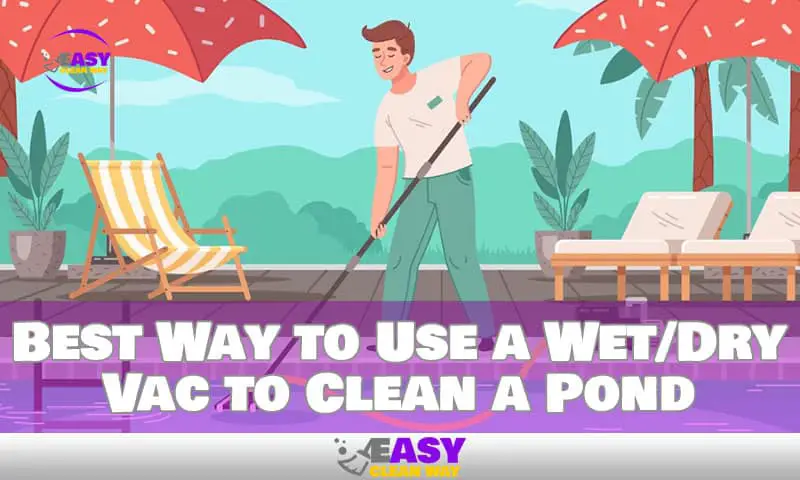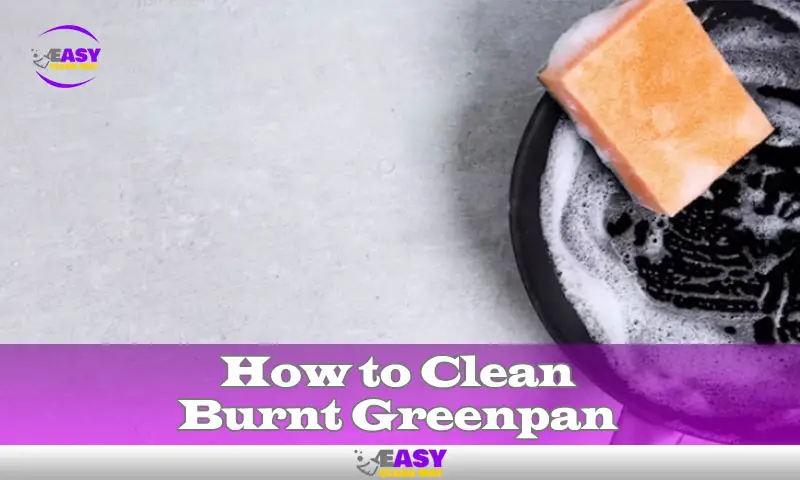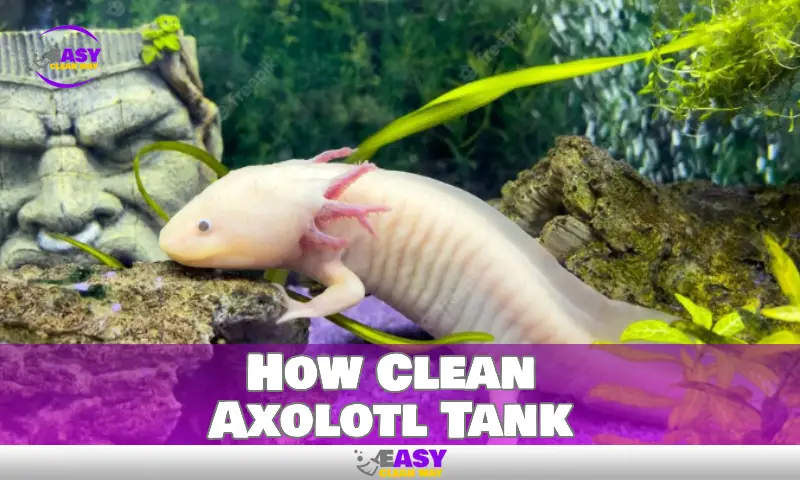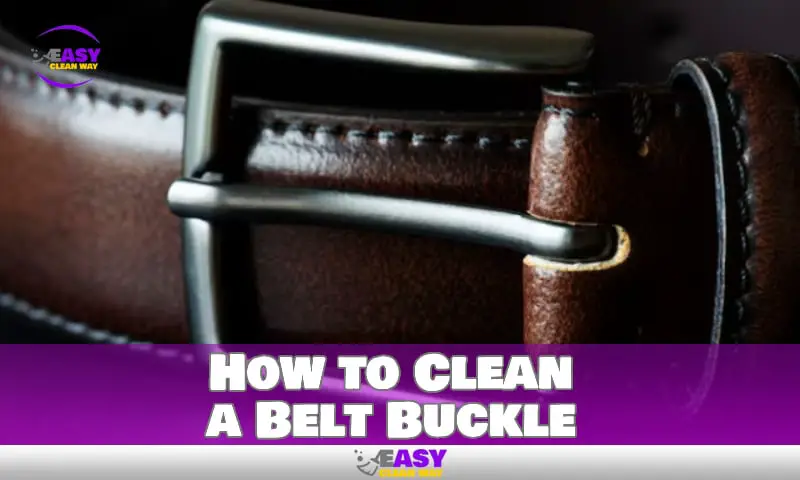If you’ve ever looked out at your pond and noticed an accumulation of nasty debris lurking beneath the surface, it’s time to take action! Cleaning a pond can be a daunting endeavor, but thankfully, it doesn’t have to be. In fact, with the right equipment, you can easily take care of this chore in no time.
One of the most effective tools for this job is a wet/dry vacuum. Many people don’t realize that these powerful vacuums can do double duty, but they certainly can. Whether you have a large or small pond, here’s how to use a wet/dry vacuum to get your watery oasis sparkling clean in no time.
Reasons to Invest in a Wet/Dry Vac for Pond Cleaning
Have you ever considered using a wet/dry vacuum for your pond-cleaning projects? If not, now might be the time to start. Wet/Dry Vacs are ideal for big outdoor jobs like pond cleaning, and they can provide you with an easy and efficient way to clean out your pond.
The biggest advantage of using a wet/dry vac is that it helps reduce algae growth and remove harmful toxins and parasites from your pond, keeping it clean and healthy. These vacuums can suck up water and debris from the bottom of the pond, allowing you to get rid of any sludge or scum that has built up over time. By doing so, it can also help improve the overall circulation in your pond, which will help keep its water temperature constant.
Moreover, wet/dry vacs are typically quite powerful, so they can quickly handle even large amounts of debris. They’re also highly portable since many models come with wheels and handles for easy movement, – a great bonus if you need to transport your vacuum from one part of your property to another.
Gather the Necessary Supplies for Pond Cleaning
When it comes to tackling pond cleaning, it’s important to arm yourself with the right tools to make the job easier. Many of us would rather avoid using harsh chemicals, so a wet/dry vac is a great option as it uses only water and leaves your pond cleaner without damaging your fish or plants.
The essential supplies you need are:
- A wet/dry vac.
- A long hose (depending on the size of the pond).
- Broad and narrow nozzles for different types of debris.
- Cleaning agents like bentonite clay or alum-based products for staining problems.
- An aerator for creating movement in your pond, which will prevent dirt from settling at the bottom.
- A pressure washer for tougher jobs or if you want a deeper clean.
Once you have all these tools sorted out, you’re ready to start cleaning your pond.
Preparing the Vacuum for Use
You may not have known what to expect when you started reading this article, but now it’s time to get to work. You’ll need to prepare your wet/dry vacuum before using it in your pond.
To start, you should make sure that no collection bags are attached to your vacuum. If there is any debris inside the tank, remove it. Clean and inspect the filters of the vacuum and change them if necessary, as a clogged filter can make it difficult for the unit to do its job properly.
Finally, be sure to plug your wet/dry vacuum into a Ground Fault Circuit Interrupter (GFCI) outlet—this prevents any shock or electrocution risks. The GFCI will turn off in the event of a current overload or ground fault.
Now that you’ve prepared the vacuum, you’re ready to start cleaning.
How to Use the Vacuum to Remove Debris From the Pond
You can use a wet/dry vacuum to clean up all sorts of stuff from your pond, including debris, sludge, and algae. But you have to know how to use it properly in order to get the best results.
Here are some tips for using a wet/dry vacuum to remove debris from your pond:
- Start by removing as much water from the pond as possible — this will make it easier to vacuum up the dirt and debris that have settled at the bottom of the pond.
- Connect the vacuum hose to the suction port in the pond, then turn on the vacuum. Make sure that the nozzle is close enough to the bottom of your pond so that it can pick up all of the materials you want to remove.
- Move slowly around any rocks or areas where vegetation has been growing so that you don’t leave any debris behind.
- Once you’re done vacuuming, turn off the vacuum and rinse out any remaining dirt or sludge with a garden hose before disconnecting it from the suction port in your pond.
Using a wet/dry vac is an effective way to reduce maintenance time and effort when it comes to cleaning up your pond—no more bending over and manually scooping out muck! Plus, using a wet/dry vacuum will make sure that nothing gets left behind when you finish cleaning your pond.
Deep Cleaning With a Vacuum and Power Washer
You can also deep clean a pond using a vacuum and pressure washer. A pressure washer can reach temperatures of up to 212°F, which will help break up the impurities in the water. There are also carpet cleaners designed for power washing that have brushes on them that help remove debris from the surface of a pond.
For large ponds, a walk-behind pressure washer and truck-mounted pump system can provide an even greater clean. This process is chemical-free and has instant waste water recovery. This option is great for commercial pools, creeks, and large ponds that need to be thoroughly cleaned without damaging the environment.
Maintenance Tips for Keeping Ponds Clean and Healthy
You may be wondering if you can use a wet/dry vacuum to clean a pond. The answer is yes, you totally can! Wet/dry vacuums are great for keeping ponds clean and healthy so that fish and other aquatic life stay safe from polluted water. Here are a few tips for using a wet/dry vacuum to keep your pond in optimal condition:
Maintain a Healthy Fish Population
When using a wet/dry vacuum to clean a pond, don’t forget about the fish! Maintaining a healthy balance of fish in your pond is essential for ensuring that the water is clean and that your fish will remain healthy.
Avoid Overfeeding Fish
Overfeeding the fish in your pond can lead to an excess of waste, which will accumulate at the bottom of the pond. To prevent this from happening, ensure that you are only feeding the fish what they can consume within five minutes or less.
Regularly Clean Debris
Regularly cleaning fallen leaves and other debris from your pond before it has a chance to decay will help ensure that any organic material or nutrients are removed before they have time to contaminate the water. A wet/dry vacuum is great for this task since it can quickly remove large pieces of debris without stirring up any sediment.
Tips and Tricks for Successful Pond Cleaning
When it comes to cleaning a pond, a wet/dry vac is a great tool to have in your arsenal. Here are some tips and tricks to make sure your pond cleaning job is successful:
Maintain a Healthy Fish Population
If you have too many fish in the pond, or if they’re over-feeding, then you can end up with more debris than the wet/dry vac can handle. Try to maintain a healthy fish population and don’t over-feed them so that you don’t have an extra mess in the first place.
Don’t Wait Too Long
The longer you wait between cleanings, the more debris will accumulate. Make sure you clean your pond before it has a chance to decay and cause even more mess. You’ll be glad you did!
Start at the Bottom
It’s best to start at the bottom of the pond or lake when using a wet/dry vac—that way, it can suck up any debris that has sunken to the bottom. This will make for an easier and more efficient cleanup job.
Tip for Silt and Sand Cleanup
When dealing with silt or sand buildup from erosion, use something like an aquarium net to get out as much as possible before resorting to your wet/dry vac. By doing this, you won’t be clogging up your filter as quickly; plus, it’ll make for an easier cleanup job overall.
People Also Like: How to Clean a Chameleon Cage in Some Easy Steps
Conclusion
In conclusion, a wet/dry vac can be a great way to clean a pond. It’s a simple and effective tool that can quickly remove debris, sediment, and even fish droppings from the bottom of your pond. Just be sure to keep safety in mind as you use it, and don’t forget to give your pond a good rinse after you’ve finished vacuuming it. With this handy device at your disposal, you can ensure that your pond looks clear and sparkling for years to come.
Hey there! I’m Alton Smith, your Clean Expert blogger. I’m on a quest to help you conquer chaos and embrace the joys of a tidy life.





